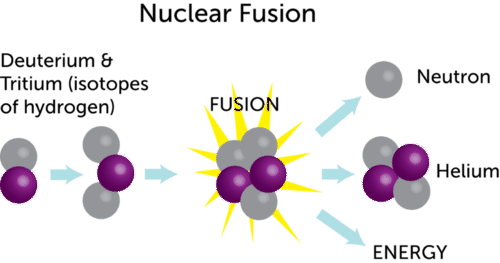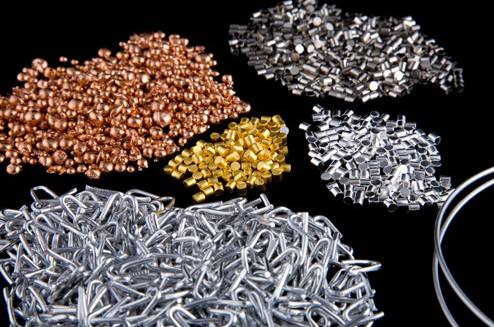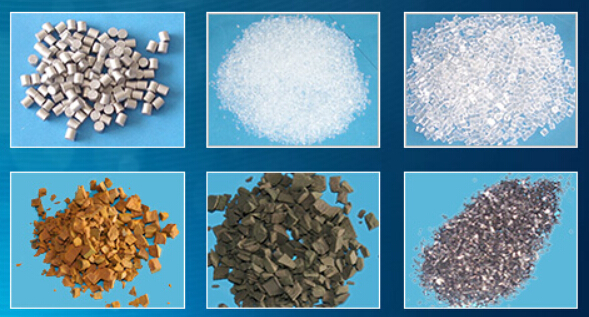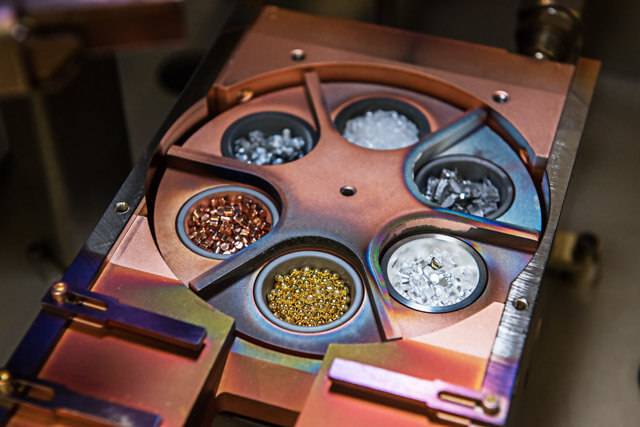Evaporation or sublimation of compounds can result in extensive molecular disassociation. Some compound materials can be vaporized without significant disassociation. These include many halides, sulfides, and selenides, as well as a few oxides (such as SiO). Many of these compound materials were used in early optical coating “stacks,” and for many years thermal evaporation was almost the only physical vapor deposition technique for depositing optical coatings. During sublimation of these materials, some of the material comes off as “clusters” of atoms (e.g., Se) or molecules (e.g., SiO). “Baffle” or “optically dense” sources were developed that required vaporization from several hot surfaces or deflection of the particles before the vapor could leave the source. This generated a more uniform molecular vapor. Baffle sources can also be used to evaporate material in a downward direction.
Sublimed SiO coatings were used on mirrors
for abrasion resistance by Heraeus (Germany) before WWII. Following the
deposition they were heated in air to increase oxidation. In 1950 G. Hass
evaporated lower-oxide materials in an oxygen atmosphere in order to increase
the state of oxidation.In 1952 Aüwarter patented the evaporation of metals in a
reactive gas to form films of compound materials.
In 1960 Aüwarter proposed that evaporation
of a material through a plasma containing a reactive species be used to form a
film of compound material. Many investigators studied these methods of
depositing transparent optical coatings.
In 1964 Cox, G. Hass, and Ramsey reported
their use of “reactive evaporation” for coating surfaces on satellites.
In 1972 R.F. Bunshah introduced the term “activated reactive evaporation” (ARE)
for evaporation into a reactive plasma to form a coating of a compound
material.
“Gas evaporation” is a term used for evaporation of material in a gas
pressure high enough to result in multi-body collisions and gas-phase
nucleation. This results in the formation of fine particles that are then
deposited.
A.H. Pfund studied the optical properties
of fine particles in 1933. It is interesting to note that during gas
evaporation performed in a plasma, the particles become negatively charged and
remain suspended in the plasma— since all the surfaces in contact with the
plasma are negative with respect to the plasma. Electrically charged
gas-phase-nucleated particles can be accelerated to high kinetic energies in an
electric field. This is the basis for the “ionized cluster beam”. Gas-phase
nucleation (gas condensation) has also been used to form neutral and ionized
ultrafine particles (“nanoparticles”) using a sputtering source and a plasma
condensation chamber.
In 1965 Smith and Turner described the use
of a ruby laser to vaporize (flash evaporate) material from a surface and
deposit a film. This process is sometimes called laser ablation and the
deposition process, laser ablation
deposition (LAD) or pulsed laser
deposition (PLD). PLD and reactive PLD have found application in the
deposition of complex materials such as superconductive and ferroelectric thin
films. Epitaxy (“oriented overgrowth”), where the crystalline orientation of
the deposited film is influenced by the crystalline orientation of the
substrate material, has been recognized since the 1920s and was reviewed by
Pashley in 1956.
Molecular
beam epitaxy (MBE) is an advanced, sophisticated
vacuum deposition process that uses beams of atoms or molecules of the material
to be deposited to form large-area single-crystal films. MBE was first proposed
by Günther in 1958 but the first successful deposition had to await the
development of ultrahigh vacuum technology.
In 1968 Davey and Pankey successfully grew
epitaxial GaAs by the MBE process.
The modern use of MBE in semiconductor
device fabrication began with Cho and Arthur in 1975 with the growth of III-V
semiconductor materials.
The use of organometallic precursor vapors as a source of the depositing material in epitaxial growth is called “organometallic vapor phase epitaxy” (OMVPE). Transmission electron microscopy (TEM) and electron diffraction techniques allow the determination of crystalline perfection and crystalline defects. Highresolution TEM was perfected in 1939 by Bodo von Borries and Ernst Ruska (Siemens Super Microscope). TEM is one part of the analysis technique called analytical electron microscopy (AEM).
Before the end of WWII, the thickness of
deposited optical coatings was determined by visually observing the
transmittance or reflectance during deposition.
Around 1945 optical instrumentation was
developed for monitoring the thickness during deposition.
In 1959 Steckelmacher, Parisot, Holland,
and Putner described a practical optical monitor for use in controlling the
film thicknesses in multilayer interference coatings.
In the late 1950s, quartz crystal monitors (QCMs) began to be developed for determining the mass of deposited material in situ
After WWII the development of laser
technology, particularly high-energy lasers, required very high-quality optical
and reflecting coatings. Thickness uniformity is often a concern in vacuum
coating. Thickness uniformity is often determined by the fixture configuration
and movement. A concern in reactive deposition is the availability, uniformity,
and degree of “activation” of the reactive species. Therefore the geometry of
the manifold used for introducing the reactive gases is an important design.
Fixture configuration and movement can also be used to enhance reaction
uniformity.
In much of the early work obtaining a
uniform coating over a large stationary area was done using multiple sources.
Controlled thickness distributions using moving shutters were also done. Later
moving shutters were used to get improved thickness uniformity over large areas
from a point source. Shaped evaporation sources were also developed to improve
thickness uniformity. Electron beam polymerization was observed in the early
electron microscopes when hydrocarbon pump oil vapors were polymerized on the
specimen by the electron beam.
In 1958 Buck and Shoulders proposed the use of electron beam polymerized siloxane vapors as a resist in forming miniature printed circuits. Electron beams and ultraviolet (UV) radiation are used to “cure” vapor-deposited organic and inorganic fluid films in vacuum. In the polymer-multi-layer (PML) process the degassed monomer is sprayed as a fine mist on the moving part, usually in a web coating arrangement.
For more information about evaporation pellets,
please follow our website or visit https://www.sputtertargets.net/evaporation-materials.html
.













